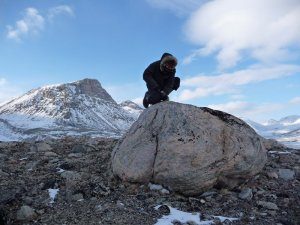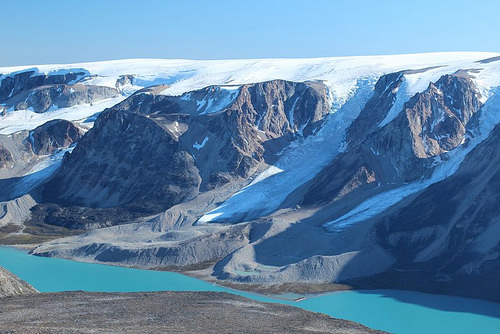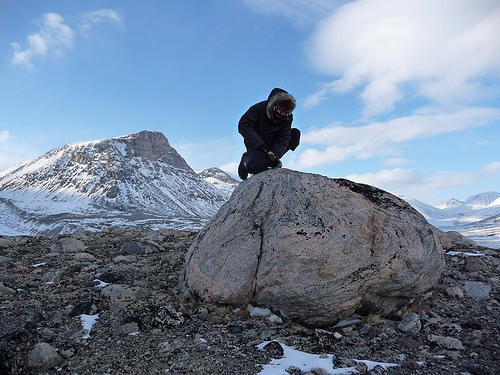
A new analysis of glacial debris in Baffin Island and western Greenland indicates that this region may have been relatively cool during the Medieval Warm Period (MWP), with glaciers there at the time achieving sizes close to those typical of glaciers in the Little Ice Age (LIA). According to research by Nicolás Young et al. in a recently published report in Science Advances, the results have implications for understanding Norse migration patterns, which are debated. Past fluctuations in glacier extent can be used to reconstruct historic changes in climate. In particular, accumulations of dirt and rock on glaciers, known as moraines, can be leveraged for this work. Young et al. focused on uniquely well-preserved moraines on Baffin Island and in western Greenland. They used a rare isotope (beryllium-10) dating technique on the moraines to determine when glaciers in the region may have retreated during the Medieval Warm Period.
___________________________________________________
Glaciers and Little Ice Age moraines in western Greenland. Credit: Jason Briner
_____________________________________________________________________
Sampling a moraine boulder for beryllium-10 surface exposure dating, Baffin Island. Credit: Nicolás Young
____________________________________________________
The researchers determined that glaciers in the region were actually extended during the MWP, possessing thick amounts of ice characteristic of the Little Ice Age. Reasons behind initial Norse settlement in Greenland, timed around the start of the MWP, and this population’s eventual exit, which coincided with the start of the LIA, remain controversial, but some suggest the deteriorating climate during the LIA was a primary factor. The work of Young et al. hints that the Norse lived in this region during a period that was cooler than previously thought, and suggests their exodus from the region was triggered by factors other than climate, such as the devaluation of walrus tusks, which may have affected trading, or increased hostilities with the local Inuit.
Science Advances is published by AAAS, the nonprofit science society.
___________________________________________________
In addition, the latest Popular Archaeology ebook is now available.
______________________________________________
Travel and learn with Far Horizons.
____________________________________________
This richly illustrated issue includes the following stories: Two remarkable discoveries that are shedding light on human beginnings in Africa; a traveling exhibit and an archaeological site that show how knowledge is more valuable than gold; a Spanish cave and a unique burial that are offering a tantalizing glimpse on the lives of Ice Age hunter-gatherers in Europe; the stunning visual reconstruction of an ancient Roman town; enlightening new finds at a remarkably well-preserved site of ancient Hellenistic-Roman culture overlooking the Sea of Galilee; rare finds that are shedding light on occult practices among ancient Greeks in Sicily; and an overview of the overwhelmingly rich archaeological heritage of Britain. Find it on Amazon.com.











